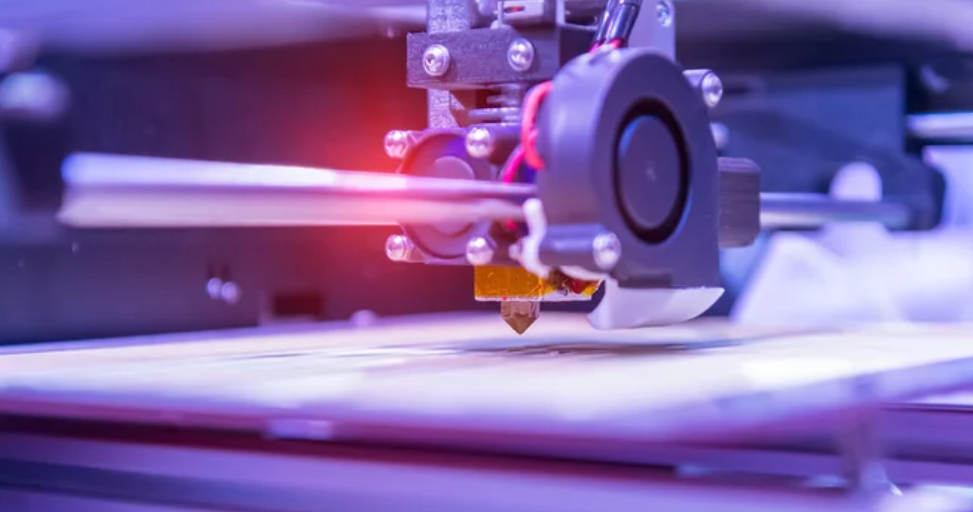Paper jams are one of the most common printer problems faced by home users and offices alike. They can be frustrating, especially when deadlines are looming. However, most paper jams can be resolved quickly with the right approach. This guide explains how to fix paper jams in any printer step by step, along with preventive tips to avoid frequent jams.
Why Paper Jams Happen
Understanding why paper jams occur can help prevent them in the future. Common causes include:
- Incorrect paper loading – Misaligned or overloaded paper trays
- Wrong paper type – Using thick, glossy, or torn paper
- Dirty rollers – Dust and debris preventing smooth paper feeding
- Worn-out parts – Rollers, gears, or pickup mechanisms
- Humidity – Moist or damp paper sticking together
Most printers, whether laser, inkjet, or all-in-one, are susceptible to these issues.
Step-by-Step Guide to Clearing a Paper Jam
1. Turn Off the Printer
Always power off your printer before attempting to remove jammed paper. This prevents damage to printer components and reduces the risk of injury.
2. Open All Accessible Panels
Most printers have multiple areas where paper can jam:
- Front panel (near ink or toner cartridges)
- Rear access panel
- Paper tray
Tip: Consult your printer manual for the exact location of jam access points.
3. Remove Paper Gently
- Pull the paper slowly and steadily to avoid tearing.
- Always pull in the direction of paper feed, usually forward.
- If the paper tears, make sure no small pieces remain inside.
Warning: Never use excessive force; it can damage rollers and sensors.
4. Check Rollers and Paper Path
- Inspect rollers for dirt or debris.
- Clean rollers with a lint-free cloth dampened with water or isopropyl alcohol.
- Rotate the rollers manually to ensure smooth movement.
Tip: Dirty rollers often cause repeated paper jams.
5. Remove Obstructions
Check for:
- Torn pieces of paper
- Staples or paper clips
- Labels or sticky residue
Even small obstructions can trigger jams.
6. Reload Paper Correctly
- Fan the stack of paper to prevent sheets from sticking together.
- Do not exceed the maximum tray capacity.
- Align the paper guides snugly against the paper edges.
Tip: Always use high-quality, manufacturer-recommended paper.
7. Test the Printer
- Close all panels securely.
- Power on the printer and print a test page.
- Observe the paper feed for smooth operation.
Special Tips for Different Printer Types
Laser Printers
- Allow the printer to cool down if recently used; fuser units get hot.
- Avoid touching the fuser; it can cause burns.
- Ensure toner cartridges are seated properly.
Inkjet Printers
- Be careful with ink cartridges when accessing paper jams.
- Clean any spilled ink carefully; it can clog rollers.
All-in-One Printers
- Check both the scanner bed and the automatic document feeder (ADF) for jams.
- Feed single sheets at a time in the ADF.
Preventing Future Paper Jams
- Use quality paper recommended by the manufacturer
- Do not overload the paper tray
- Store paper properly in a dry place to avoid moisture
- Clean rollers and paper path regularly
- Avoid mixing paper types or sizes in a single tray
- Check for worn rollers and replace when necessary
When to Call a Technician
Some jams may indicate serious mechanical issues, such as:
- Broken or misaligned rollers
- Faulty sensors
- Paper path misalignment inside the printer
If jams persist despite cleaning and proper loading, it’s best to contact authorized service support.
Conclusion
Paper jams can disrupt printing, but with careful handling and routine maintenance, they can be avoided or quickly resolved. Remember:
- Turn off the printer before removing paper
- Pull jammed paper gently
- Clean rollers and paper path
- Load paper correctly and avoid overloading
Also Read :
